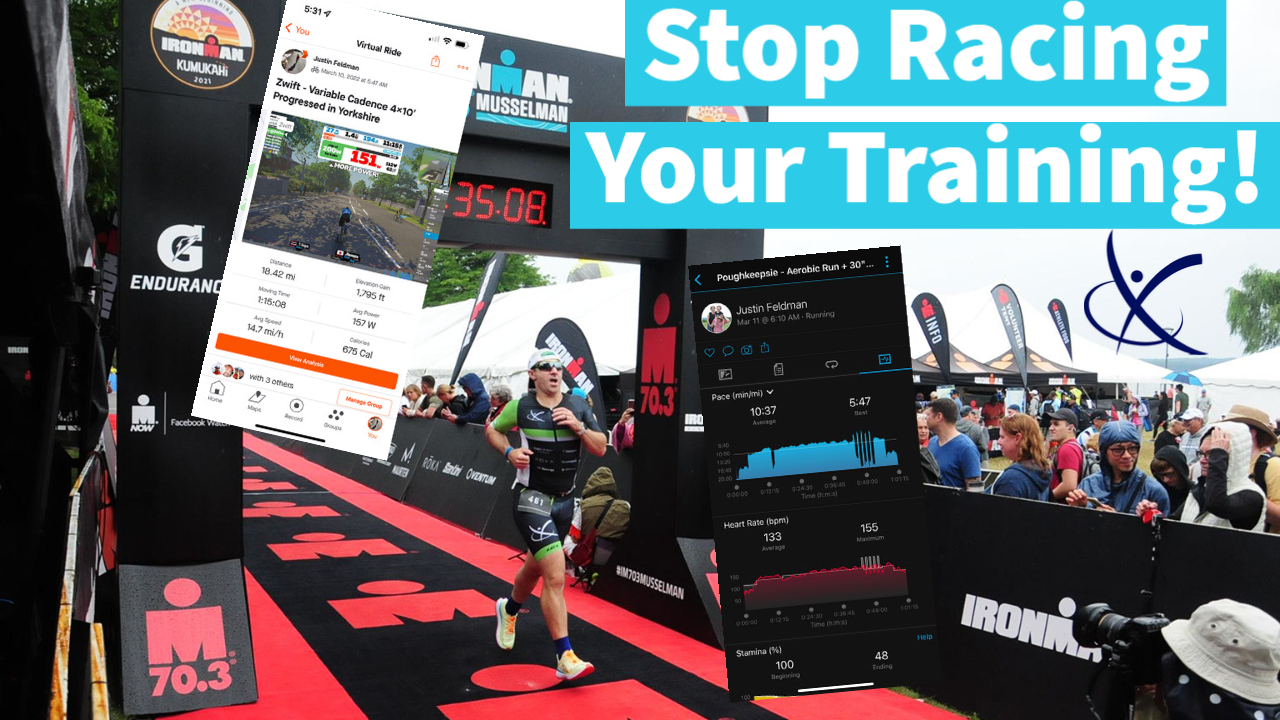
Hip Flexor Tightness: Adding Strength to Your Routine
March 6, 2022
Dear Strava (and all runners on social media)
March 18, 2022What is Safe to Do When Your Back Hurts?
LIFT WITH YOUR LEGS, NOT YOUR BACK!
Chances are you’ve heard that before. Back pain accounts for a shocking amount of injuries yearly. It’s the sixth most common condition and eats up over $12 billion annually. Yes, that’s Billion with a “B.” Our issue is with the way it’s approached. While there are a handful of different categories of pain, we want to clear up some misconceptions. The first of which is:
You don’t need to stop moving altogether!
Conventional wisdom, and even medical advice, has led us to believe rest is a smoking gun in treating injuries. While it’s true that you should protect the injured area, complete rest and immobility are often unnecessary or even detrimental unless you have a structural compromise in a bone or joint. What is appropriate is the minimal amount of activity reduction to allow the area to be protected but also continue to strengthen itself.
- Blood Flow carries to the good stuff
- Stress is necessary for muscles to get stronger
Your body will not break with light or moderate activity. I fear people have some idea that we are more fragile than we actually are. As you move, you promote healing by increasing blood flow. Almost everything in your body improves as you move. Bones recycle their cells, oxygenation increases, blood flow increases, muscles are worked, and joint fluid also improves in volume and viscosity. These are just some of the physical benefits of movement.
Also, in order for your muscles to strengthen, they must be stressed. My biceps will NOT get bigger or stronger if I don’t lift weights. And they won’t magically stay healthy or improve with inactivity. In fact, rest is “catabolic” for our musculoskeletal system.
Catabolism: The breakdown of complex molecules in living organisms to form simpler ones, together with the release of energy: destructive metabolism.
This is the result of rest, and why often prolonged rest may make some pain subside, but it makes it much harder to re-engage in activity. When we have clients that come in with injuries our first order of business is to find out how much we can load that area up, how much we can challenge them safely within the limits of the injury. This is because we know how important it is to keep moving and keep appropriate stress on the body to prevent regressions. This is also why people love coming to us (shameless plug): rarely do we tell people they need to stop what they enjoy doing. Instead, a discussion takes place surrounding a compromise of sorts.
The goal is always to continue movement in a progressive manner while implementing a pain-reduction approach as well. So the next time you throw your back out, herniate a disc, feel stiff, or even have pains down your leg definitely consider the fact that the solution is likely a precise and safe change in your activity to promote beneficial movements and exercises rather than shutting you down completely. But injuries are like snowflakes: no two are identical. It requires some methodical approaches to figure out what step is best for you. But rest assured, if you come in to us with back pain then you’ll be deadlifting and squatting ASAP…bet you didn’t think we’d say that did you?
Happy Training!





